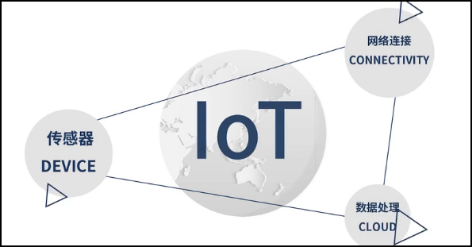

The arrival of the 5G era has brought tremendous changes to our lives, as well as more confusion. The Internet of Things, as a brand-new term, has flooded the media, but what exactly is the Internet of Things? “Connecting everything, interconnecting all things”? Does this mean my slippers can chat with my air conditioner?
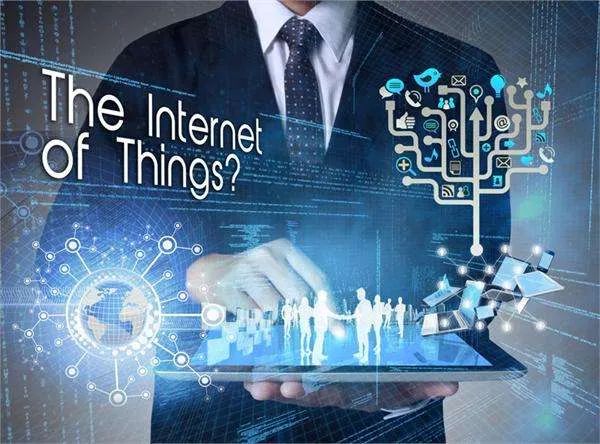
01
What is the Internet of Things?

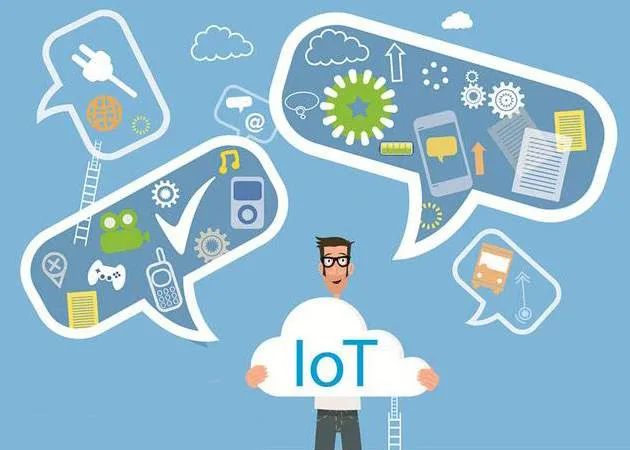

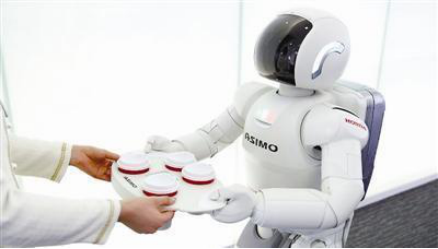
02
The Difference Between IoT and the Internet?

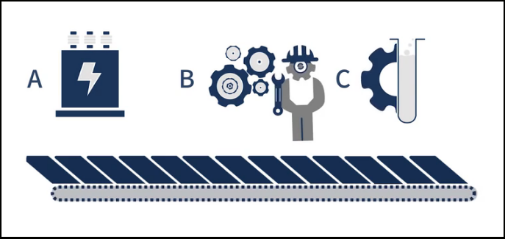
03
What Are the Main Components of the Internet of Things?
